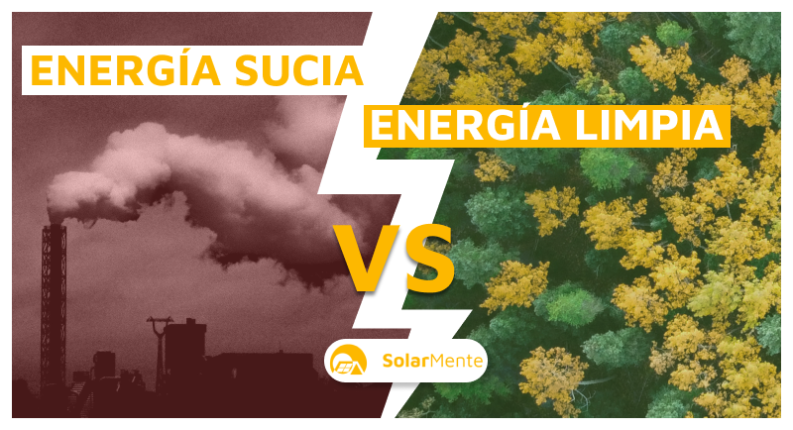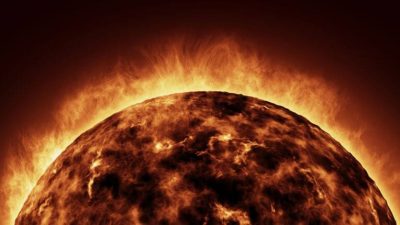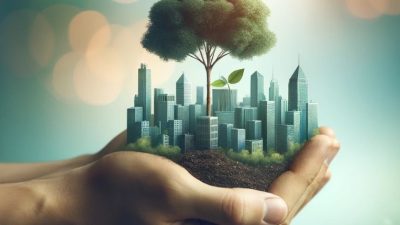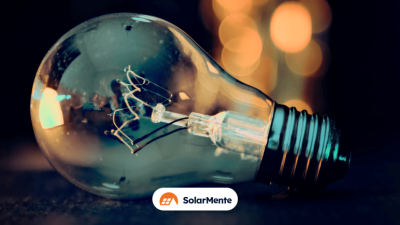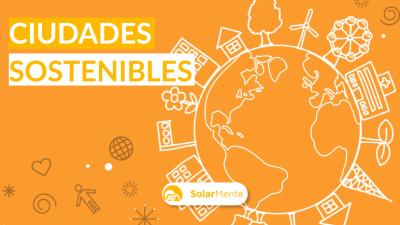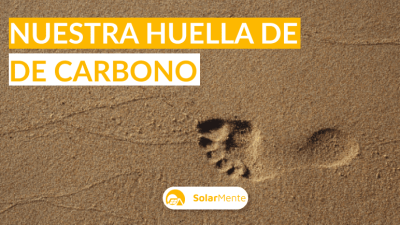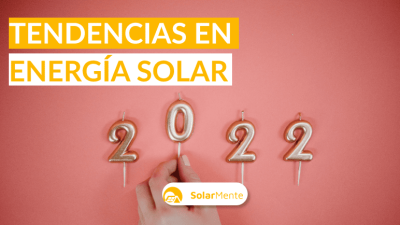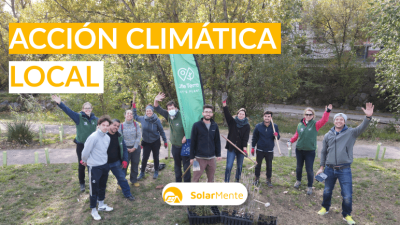The use of fossil fuels in energy generation is detrimental to the planet, accelerating climate change in an exorbitant manner.
Preserving the environment must be our priority, leaving aside non-renewable sources and opting for clean or green energies, such as solar energy, in order to achieve a sustainable energy model.
To achieve this, it is necessary to implement energy policies and other measures to solve these problems.
In this article, we will discuss topics such as:
- What is clean energy and how does it differ from renewable sources?
- What are clean energies
- What are clean and renewable energies?
- Polluting sources
- Advantages of using green energies
- Why is it necessary to use green energy?
What is clean energy?
What do we call clean energies? Also known as green energies, they are those that do not use any type of pollution or emissions of greenhouse gases such as CO2 in the production of energy.
They therefore contribute to curbing climate change and contribute to the preservation of the environment, thus reducing dependence on fossil fuels on a large scale.
A large number of clean energies are also considered renewable. But beware of the confusion created between the two terms because not all of them can be categorised as clean.
Let us look at the main differences.
Are clean and renewable energies the same thing?
Firstly, renewable energies do not have an expiry date because they are an abundant or inexhaustible resource. Some examples are solar, hydro or wind energy.
Secondly, we can find renewable and non-clean sources such as biogas or biodiesel. These are inexhaustible sources, but their combustion pollutes and emits greenhouse gases.
Finally, clean energies do not pollute and most of them are renewable sources.
In short:
- Renewable energies can be clean (or not) and they do not run out.
- Clean sources do not emit polluting emissions into the atmosphere or the impact generated is so minimal that it does not cause harmful effects on the planet.
What are the types of clean and renewable energy?
Here are some examples:
- Hydropower: uses the power of water.
- Tidal energy: uses the tides to produce electricity.
- Photovoltaic solar energy: harnesses solar radiation and offers great potential for self-consumption of electricity.
- Solar thermal energy: also uses solar radiation.
- Wind energy: obtains electricity through the force of the air. It can be terrestrial or marine.
What about renewable energy, but not clean energy?
Renewable, non-clean sources are biofuels. They generate CO2 emissions with the burning of fuel and therefore do not contribute to environmental protection.
To a lesser extent, we find geothermal energy. Although it produces less pollution than biofuels, it still generates carbon dioxide and hydrogen sulphide emissions with its extraction.
Polluting and non-renewable energies
On the other side of the spectrum are polluting and non-renewable energies. These are limited resources with high environmental costs, where the emission of greenhouse gases is one of the most harmful and damaging components for the planet.
They are extracted by burning fossil fuels or nuclear energy.
Fossil fuels include oil, coal and natural gas. In this process, energy is generated through a combustion process that produces carbon dioxide(NOx or SOx), contributing to the acceleration of climate change.
On the other hand, the controversy surrounding nuclear energy goes much deeper. Is it clean or not?
We explain. It is true that it does not emit CO2 and the possible accidents caused inside the plant are minimal.But where is the problem? In the generation of waste. They require special treatment and are inherent to production. Moreover, it can take countless years for the radioactivity to disappear, which poses a risk to the planet and to human beings.
Why should we go for green energy?
We have a solution to climate change and it is called green energy.Thanks to the continuous technological development in the field of energy, the input is becoming more and more accessible and we must be aware of changing our consumption habits as much as possible.
In the same way, it is important to take energy policy measures in order not to encourage the rapid acceleration of climate change, while at the same time preventing the disappearance of endangered species.
This would cause problems for our ecosystem and food web. As of today, there are few species that have disappeared due to climate change, but a million plants and animals are at increased risk due to pollution. Some are in critical condition. You can take a look at this link.
Advantages of using clean energy
The advantages of using green energy are clear:
- They do not pollute. None of these sources generate greenhouse gases or other harmful emissions for the planet.
- They are inexhaustible. The amount of supply is unlimited, for this reason, we should not worry about their disappearance.
- They do not pose a health risk. Due to their natural origin, there are no harmful risks for the organism.
- They promote employment and boost the local economy. They generate new job opportunities and boost the growth of the economy.
- Greater savings on electricity bills. Thanks to the use of green energy, you consume and produce the energy produced by your solar panels free of charge.
- Greater energy independence, thus promoting self-consumption. Forget the volatility of electricity prices. You will enjoy clean, inexhaustible and economical energy without resorting to the conventional electricity grid.
- Production costs have been significantlyreduced thanks to technological advances. On the other hand, energy from fossil fuels continues to grow.
The road to a green energy future
According to the United Nations (UN), the world’s population could reach more than 8 billion by 2030, a number that will increase in the coming years.
Taking this figure as a benchmark, two thirds will live in cities and there will be an increase in energy demand that fossil fuels will not be able to cope with. That said, it is estimated that oil could be left aside in 20 to 40 years’ time, provided that the agreed energy transition measures are complied with.
This process is being achieved little by little, as shown by the data indicating a 9.1% increase in renewable energies worldwide in 2021.
If we break down the sources within this category, solar photovoltaic energy takes the lion’s share of the limelight with an installation of 133 GW, closely followed by wind power with 93 GW.
Clean energy in Spain and Europe
Spain, along with other European countries, is taking steps towards a sustainable energy model, reflected in the Energy Transition and Climate Change Law implemented in May 2021. The legislation focuses on the reduction of fossil fuels and the promotion of clean energy sources.
The development and growth is most noticeable in Spain, where 40% of electricity production came from solar and wind energy last April, while in May 2021 it was 38.9%.
These are the most relevant clean energies in Spain, from most to least important:
- Wind energy
- Hydraulic energy
- Photovoltaic solar energy
As we can see in the graph, over the last few years, clean energy has been growing compared to harmful energy.
During the pandemic, pollution fell by 5.4%, but what happened when everything returned to normal? In 2021 there was a 6% increase and it continued to rise in 2022, albeit by a smaller proportion (1%), as the latest report from the International Energy Agency (IEA) shows. This reduction is due to the expansion of renewable energies and the increased use of electric vehicles.
Green and clean energy: the solution to climate change
The key lies in controlling the greenhouse gas emissions we release into the atmosphere. And in a country like Spain, with more than 3,000 hours of sunlight per year, wasting sunlight to produce energy from a clean, renewable source such as photovoltaics would be a complete waste of energy.
Spain and other neighbouring countries are focusing on reducing their carbon footprint and promoting the use of clean energy with the aim of achieving a sustainable energy model that completely eliminates dependence on fossil fuels.
Betting on a clean and renewable source such as solar energy is becoming easier and easier. You only have to try our calculator for self-consumption and discover all the potential economic savings on your electricity bill.

